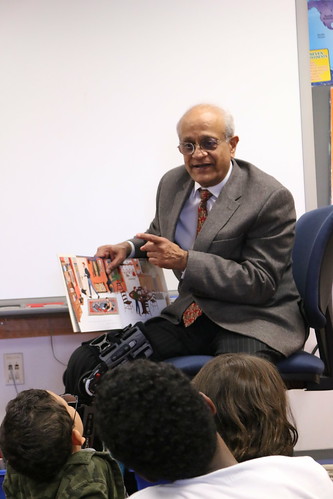
We have schools to teach the art of manslaying… Shall we not have schools to teach men the way to feed, clothe, and enlighten the brotherhood of man? - Justin Smith Morrill, April 20, 1858
By 1862, in the midst of the Civil War, Justin Smith Morrill, the representative from Vermont, with little formal education beyond 8th grade level, had accomplished his vision of having schools teach the way to feed, clothe, and enlighten.
The Morrill Act to create land-grant colleges was signed into law by President Abraham Lincoln as a way to bring scientific and classical studies, along with liberal and practical education in the agriculture and mechanic arts and military tactics and leadership education to the children of the working class. America’s Land-Grant University (LGU) System celebrates its 155th anniversary July 2. The LGUs are now strong and stable pillars in scientific research, education, and extension needed to support our nation’s food and agricultural systems.
America’s LGUs are educating our nation’s workforce and undertaking cutting edge science that is inspired by the end users, and the knowledge generated is translated and delivered to the end users through extension, thus, transforming lives. USDA’s National Institute of Food and Agriculture (NIFA) is vested with the responsibility to support LGUs and others’ efforts in support of our nation’s food and agricultural systems. Some recent examples of transformative NIFA-funded projects include:
- Veterinary education at Navajo Technical College in Crownpoint, New Mexico, helps students develop skills using histology slides, cadavers, new lab and veterinary equipment, and field work on large animals.
- Scientists at the University of Maryland-Eastern Shore have developed tools to support poultry inspectors improve Salmonella detection.
- The Triticeae Coordinated Agricultural Project (T-CAP), led by University of California – Davis, built on previous support, has contributed more than 100 wheat varieties with a $1.8 billion production value.
- A nine-university team, led by Purdue University, developed five decision support tools from the Useful to Useable (U2U) project, which help farmers make decisions regarding crop production in the face of changing climate.
As our nation prepares to celebrate its 241st birthday, join me in celebrating the birthday on July 2 of our nation’s great land-grant universities.
NIFA invests in and advances agricultural research, education and extension and seeks to make transformative discoveries that solve societal challenges.
